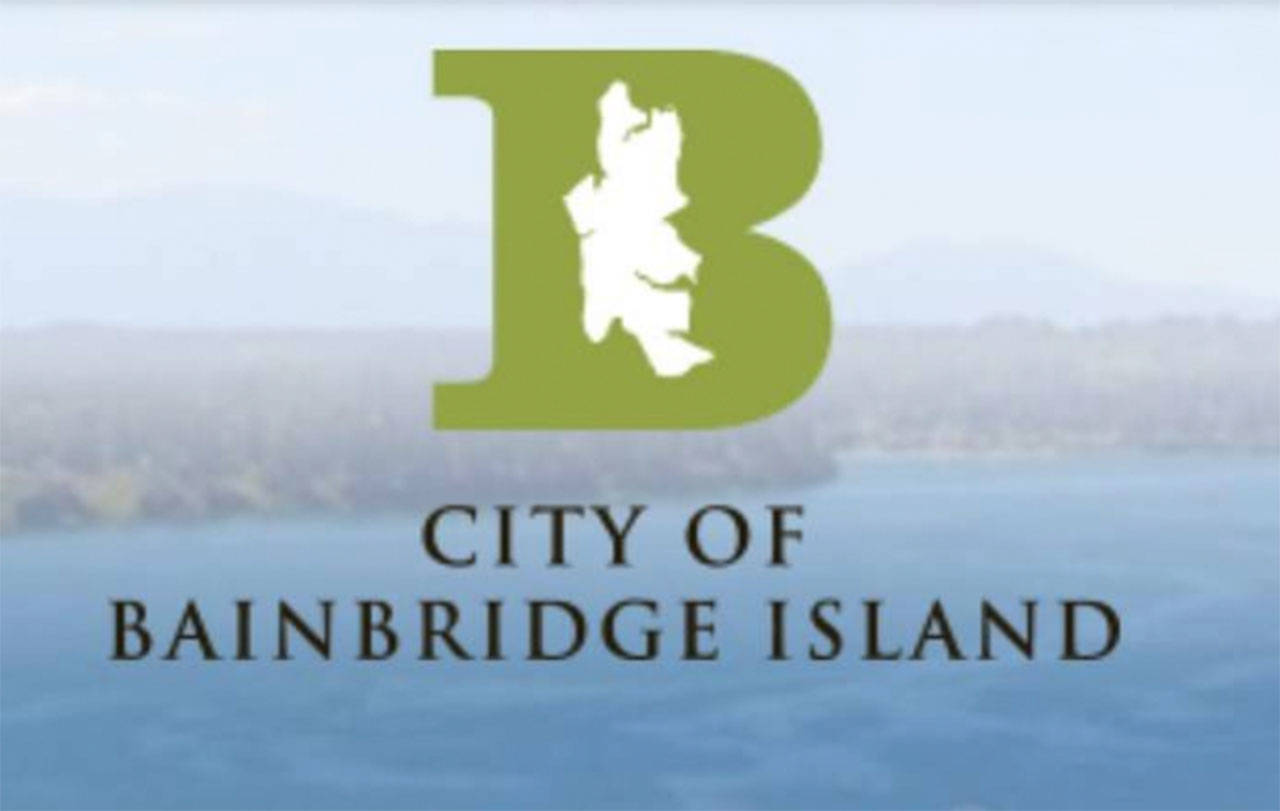Concerned about dry conditions and potential wildland fires, the Bainbridge Island Planning Commission, with support of the BI Fire Department, passed along an emergency resolution to the City Council.
Homeowners would be able to clear out a 30-foot defensible space around their houses, except growth that is against tree removal and vegetation clearing laws.
Planning director Heather Wright said dead vegetation can be removed, live vegetation can be trimmed, and tree limbs can be cut up to 10 feet above ground.
The resolution says, “This space is needed to slow or stop the spread of wildfire, and it helps protect your home from catching fire – either from embers, direct flame contact or radiant heat.”
Commissioner William Chester said he saw a fire in Idaho, and it was “incredible how well that worked,” adding columns of fire shot 100 feet into the air but homes where it was done were saved.
But not all were impressed.
“I don’t appreciate unclear code,” commissioner Lisa Macchio said, adding trimming trees and keeping ground wet helps, not mowing down everything within 30 feet. “Think about it now rather than the last minute.”
Tree code
The new code being discussed says when it comes to the care of trees and vegetation on their property, citizens will be guided by common sense and best practices. Sanctions shall be applied to activities that are found by the planning director to be reckless and destructive, and to any action or negligence that adversely affects a neighboring property.
To a large extent, work carried out in landscaped yards and forested areas does not require a permit. However, property owners who are considering major changes to the landscape and trees on their property should seek advice from a licensed arborist or a landscape professional.
Findings say forested areas and trees are integral parts of BI’s character; they enhance the city’s appearance and livability, as well as providing environmental benefits and natural resource values. Trees are valued by homeowners and, when cared for, enhance property values. Removal of trees and vegetation, combined with disturbance of soils, cause loss of habitat and wildlife, runoff and soil erosion, degradation of surface water and aquifer recharge, and adverse impacts on air quality, as well as loss of aesthetic appeal.
The purpose of the law is to “promote the public health, safety and general welfare of Bainbridge Island citizens without preventing the reasonable use of private property,” the code says.
A general standard says, “While nonnative and invasive species should be kept under control and eradicated if possible, native understory vegetation shall be maintained, and land disturbing activity shall be kept to a minimum. Stump pulling and use of heavy equipment is only allowed if the activity will not affect the health of adjacent trees.”
For alterations to or removal of significant trees or vegetation that require a permit, there are minimum standards for replanting or other mitigation. Penalties include an amount equal to 200% of the cost of restoration or $2,500, whichever is greater. If done knowingly it is a misdemeanor that could lead to not more than 30 days in jail and/or a $1,000 fine.
Planning process
With approval the planning process changed to: Preapplication conference, conceptual review, public meeting, design guidance review, final design review and recommendation. The applicant would then send the approved project to the Planning Commission, which upon approval there would send it to the planning director for final approval.
Planning manager David Greetham said the goal is to reorder the meetings to make them more effective, allowing public and Design Review Board comments earlier in the process.



